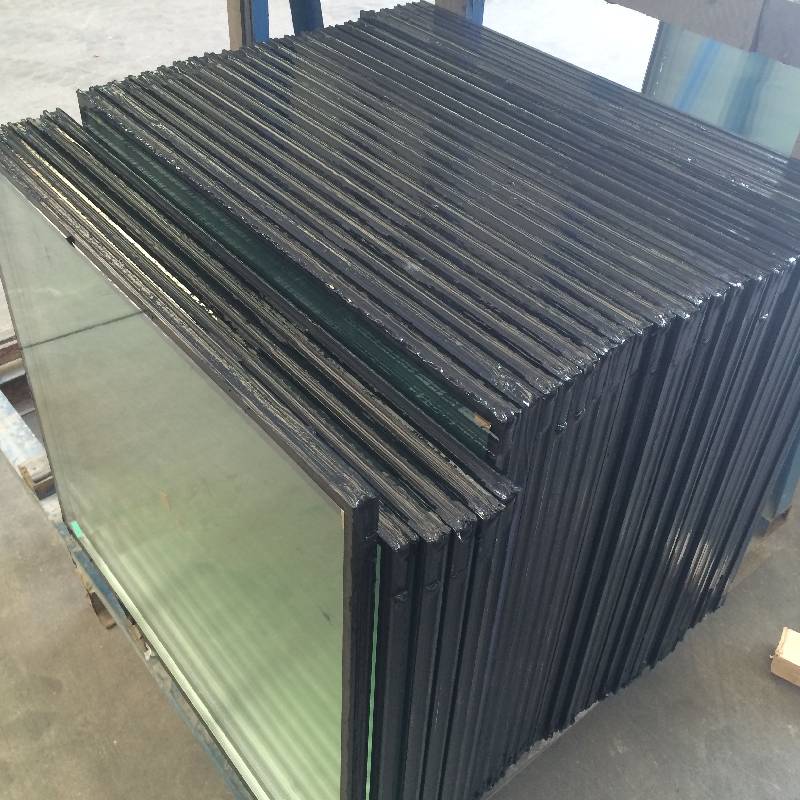

Decorative Glass Types A Reflection of Art and Functionality
Decorative glass has been a cherished material in architecture and design for centuries. Its versatility allows it to be transformed into a myriad of styles, colors, and forms, making it an integral element in both functional and aesthetic applications. This article explores various types of decorative glass, illustrating their unique properties and the roles they play in enhancing our living spaces.
Stained Glass
One of the most recognized forms of decorative glass is stained glass. Often associated with churches and cathedral windows, stained glass incorporates vibrant colors and intricate designs created by embedding different metallic oxides during the glass-making process. This type of glass not only adds beauty but also transforms light into a spectrum of colors, creating a mesmerizing effect. Stained glass can be used in windows, doors, and even as art pieces in homes. Modern stained glass artists continue to innovate, incorporating contemporary themes and techniques while honoring traditional methods.
Frosted Glass
Frosted glass offers a soft, diffused light while maintaining privacy. Achieved through sandblasting or acid etching, this type of glass is commonly used in bathrooms, office partitions, and shower doors. The texture of frosted glass can vary from subtle to pronounced, allowing for a range of design possibilities. This material not only serves a functional purpose but also adds an elegant touch to any space, creating a serene atmosphere that complements various interior styles.
Etched Glass
Similar to frosted glass, etched glass features decorative designs created through a chemical or abrasive process. However, etched glass typically offers more intricate patterns and detailed artwork, making it a popular choice for both residential and commercial settings. It can be incorporated into doors, tabletops, and mirrors, providing a sophisticated focal point while enhancing the overall aesthetic of the space. Etched glass is particularly favored for its ability to blend craftsmanship with contemporary design, making it suitable for a range of applications.

Colored Glass
While stained glass is known for its vibrant color combinations, colored glass takes a different approach. This type of decorative glass is made by incorporating colored minerals into the glass itself, resulting in a consistent hue throughout the material. Colored glass can be used in various forms, including vases, tiles, and decorative panels. Its translucency allows for stunning light interplay, rendering captivating visual effects. Designers often use colored glass to create bold accents in their projects, making it a compelling choice for contemporary interior designs.
Mosaics
Glass mosaics combine small pieces of colored glass to create intricate patterns and images. This ancient art form has been revitalized in modern design, finding applications in everything from backsplashes to swimming pools. Mosaics provide endless opportunities for creativity, allowing designers to express their artistic visions. The use of glass in mosaics can range from vibrant, bold colors to subtle, muted tones, making it suitable for various design contexts, including both indoor and outdoor spaces.
Architectural Glass
In architectural design, decorative glass is increasingly being used for both aesthetic and functional purposes. Applications such as glass facades, balustrades, and partitions utilize decorative patterns or textures to enhance both visual appeal and privacy. Architectural glass not only serves as a functional element but also contributes to energy efficiency, daylighting, and the overall sustainability of a building. Innovative techniques, such as lamination and printing, have modernized the use of decorative glass in architecture, allowing for even greater creativity and impact.
Conclusion
Decorative glass types encompass a diverse range of materials and applications, each bringing its unique charm and functionality. Whether it is through the vibrant hues of stained glass, the subtle elegance of frosted glass, or the artistic expression found in mosaics, decorative glass continues to inspire creativity and enhance our environments. As technology and design evolve, the potential for decorative glass remains boundless, solidifying its place as a beloved medium in the world of art and architecture.